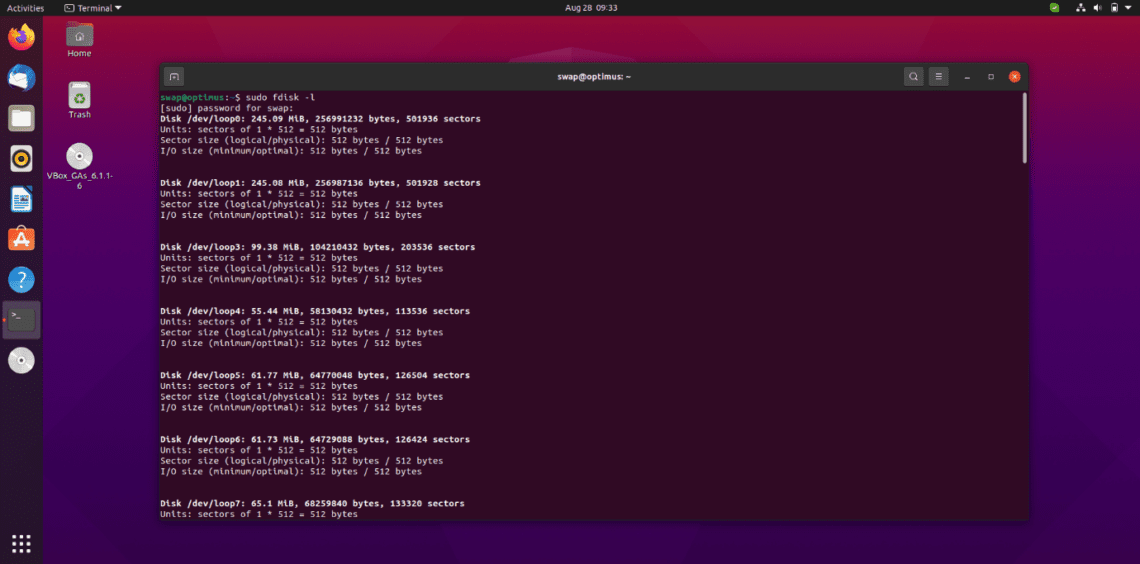
How to Use fdisk Command to Create Partition in Linux
Fdisk is a text-based command-line utility for viewing and managing hard disk partitions on Linux. It supports various partition tables and lets you create, delete, and modify disk partitions, so you can utilize the disk space effectively to install operating systems, back up your data, and organize your files.

Fdisk Command in Linux (Create Disk Partitions) Linuxize
To create a new partition with fdisk, you need to select a primary disk that has unused space. Once you decide on the disk you want to use, you will need to run the following (I have opted to work in /dev/sdb ): [root@rhel ~]# fdisk /dev/sdb Welcome to fdisk (util-linux 2.32.1). Changes will remain in memory only until you decide to write them.

How To Delete Partition In Linux Using Command Line (fdisk) TREND OCEANS Zailzeorth's Blog
English. We will assume you are modifying the first drive on your system. (To get a listing of your current partition scheme use fdisk -l. Use the print command (p) to list your partition table: Raw. # fdisk /dev/hda Command (m for help): p Disk /dev/hda: 40.0 GB, 40016019456 bytes 255 heads, 63 sectors/track, 4865 cylinders Units = cylinders.
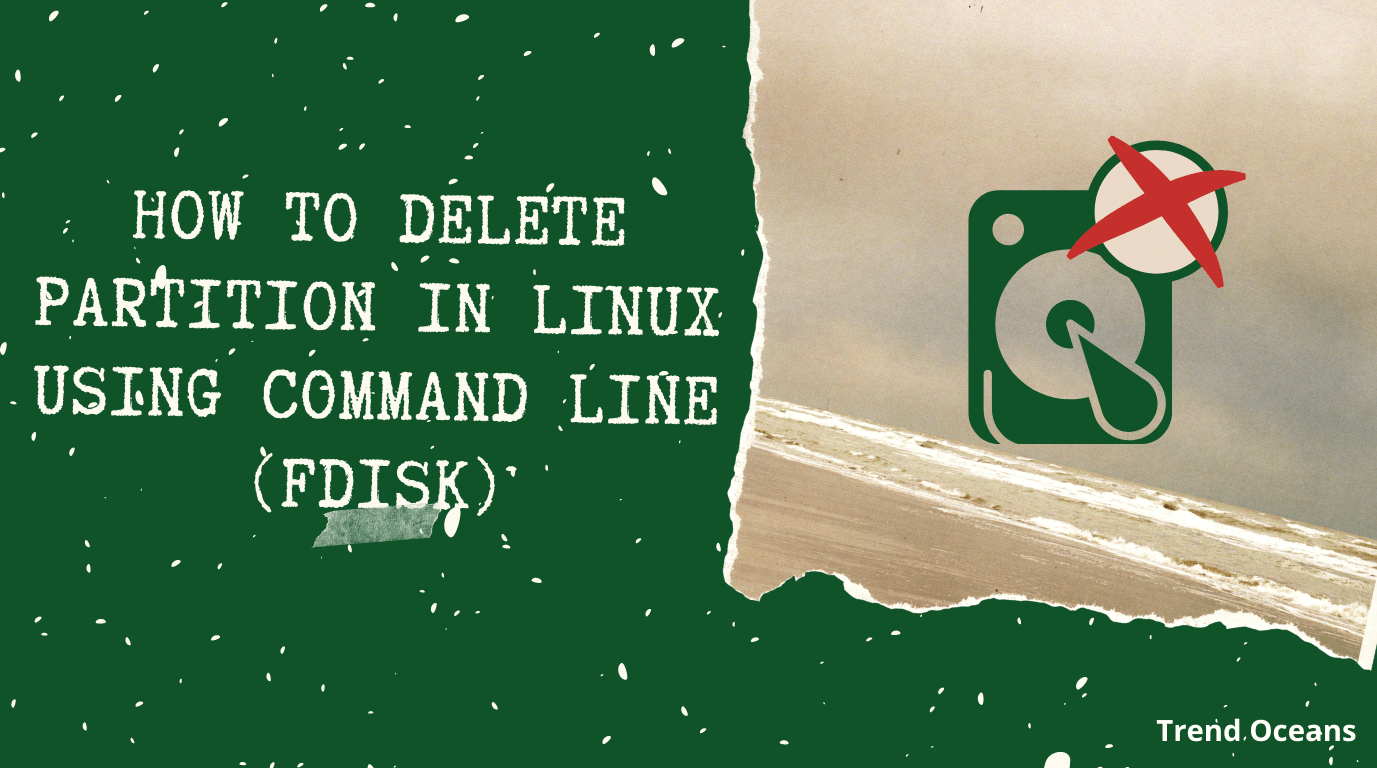
How To Delete Partition In Linux Using Command Line (fdisk) TREND OCEANS
Step 2: Select Partitions using fdisk. Now we know which partition we want to delete so, we have to type the following command in terminal along with above partition name: $ sudo fdisk /dev/sda Password: Welcome to fdisk (util-linux 2.34). Changes will remain in memory only, until you decide to write them.

How to list, create, delete partitions on MBR and GPT disks RHCSA Objective Preparation
To confirm the existence of the partitions, we will run the fdisk utility as follows. $ sudo fdisk -l /dev/sdc. You can also run the command to list the partitions on the block volume as shown. $ lsblk | grep sdc. We are going to delete the second partition /dev/sdc2 using the fdisk utility. To get started, invoke the fdisk command-line tool.
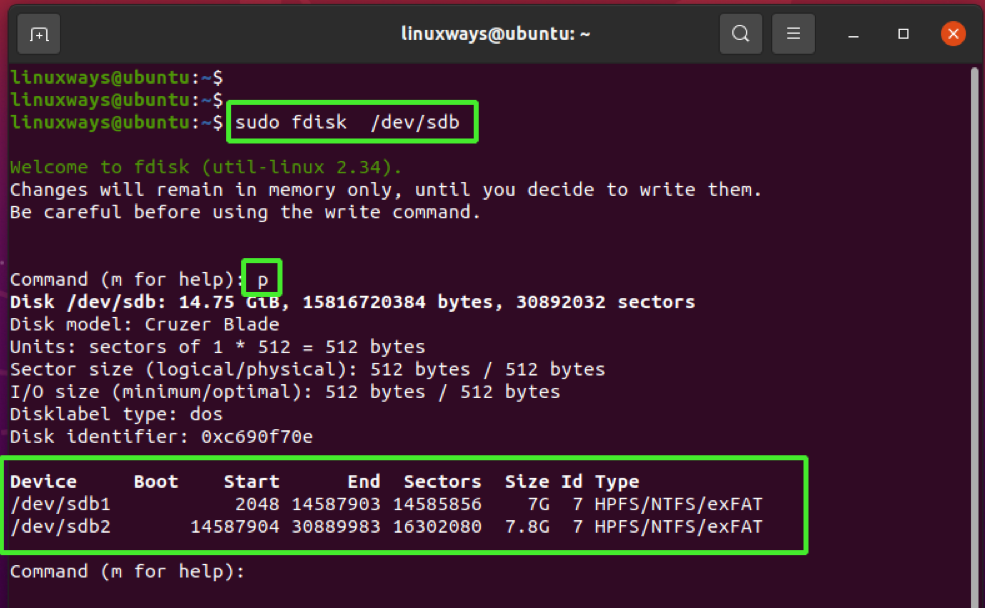
How to Delete a Partition in Linux?
Entering Command Mode. To work on a disk's partitions, you have to enter command mode. You'll need the device name of a disk from the fdisk -l command. The following command enters command mode for the first disk device: sudo fdisk /dev/sda. Don't edit partitions while they're in use.
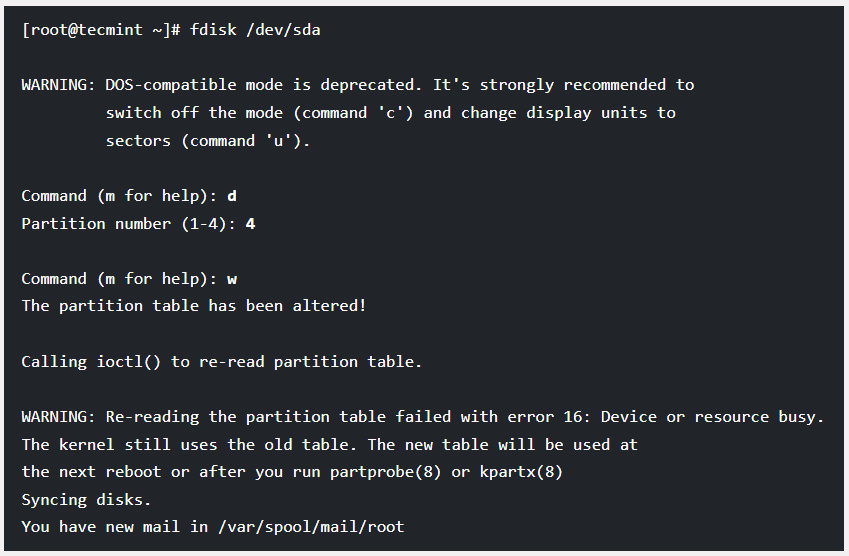
11 Best Methods to List or Show Partitions in Linux
1. View all Disk Partitions in Linux. The following basic command list all existing disk partition on your system. The ' -l ' argument stand for (listing all partitions) is used with fdisk command to view all available partitions on Linux. The partitions are displayed by their device's names.

How to Delete a Partition in Linux?
This will list all the partitions on all the disks Linux sees. The format will be a bit different, but you will see something like: As root again, type fdisk /dev/sda (use the letter from your own output). Type m to see the possible actions. type p to print the partitions, and then type d to remove the partition. fdisk will ask which partition.

How to use gdisk, parted and fdisk Linux to create partition
I tried looking at fdisk, but it presents an interactive prompt. I'm looking for a single command, which I can give a device path (e.g. /dev/sda) and it'll delete the ext4, linux-swap, and whatever other partitions it finds. Essentially, this would be the same thing as if I were to open GParted, and manually select and delete all partitions.

Linux Partition Management
To list the partition table of a device, invoke the fdisk command with the -l option, followed by the device name. For example to list the /dev/sda partition table and partitions you would run: fdisk -l /dev/sda. When no device is given as an argument, fdisk will print partition tables of all devices listed in the /proc/partitions file: fdisk -l.

simplest way to create and delete partition in Linux using fdisk tool YouTube
Delete partitions using fdisk command. Almost every Linux distribution comes with fdisk by default and we are going to use this tool today. The first thing you need to know is what device is assigned to the disk with the partitions you want to remove. To do that, type the following in the terminal: sudo fdisk --list.
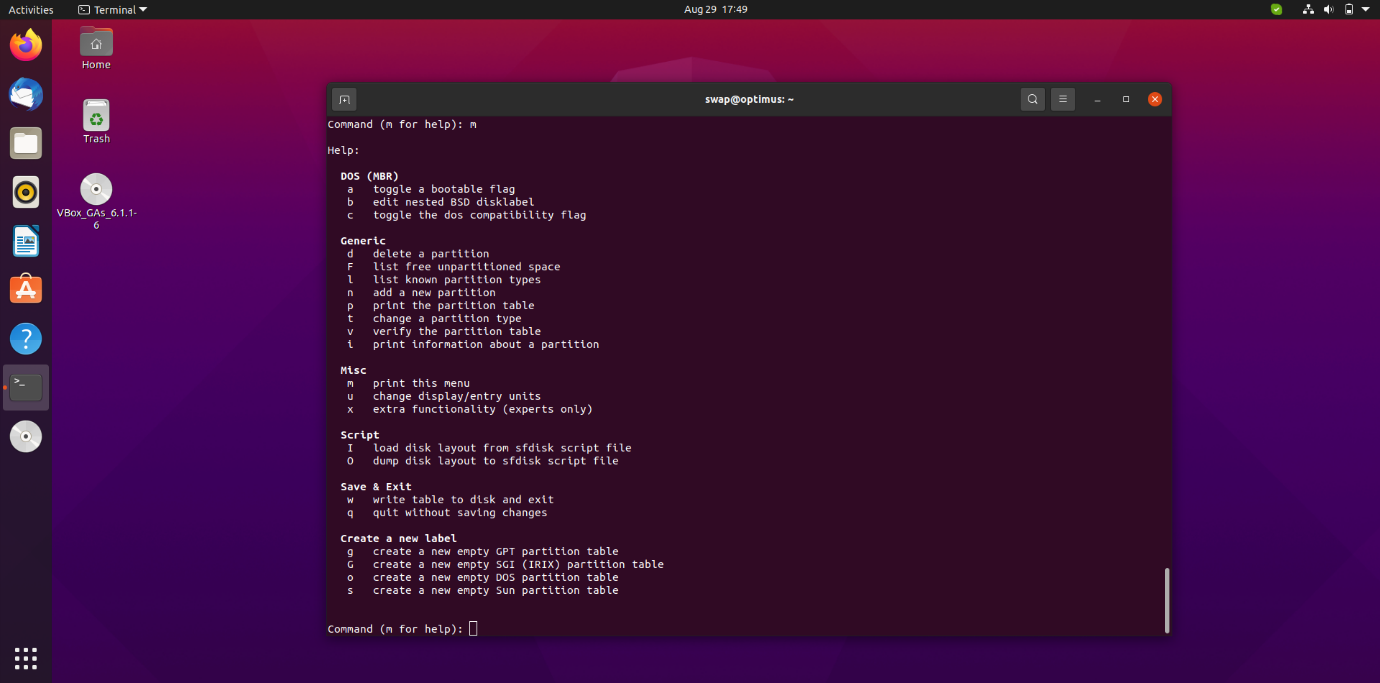
How to Use fdisk Command to Create Partition in Linux
Step 1: List Partition Scheme. Before deleting a partition, run the following command to list the partition scheme. fdisk -l. In our case, the terminal prints out information about two disks: /dev/sda and /dev/sdb. Disk /dev/sda contains the operating system, therefore its partitions should not be deleted.

How To Delete a Standard Partition In Linux Using The fdisk utility (RHCSA 8, Lesson 13D) YouTube
Step 2: Next, select the partition that you want to delete through this command: sudo fdisk /dev/sdb (Replace sdb with the relevant partition on your system) Step 3: To delete the partition, type the d command in the fdisk utility. It automatically selects the primary partition if there are no other partitions on the disk.
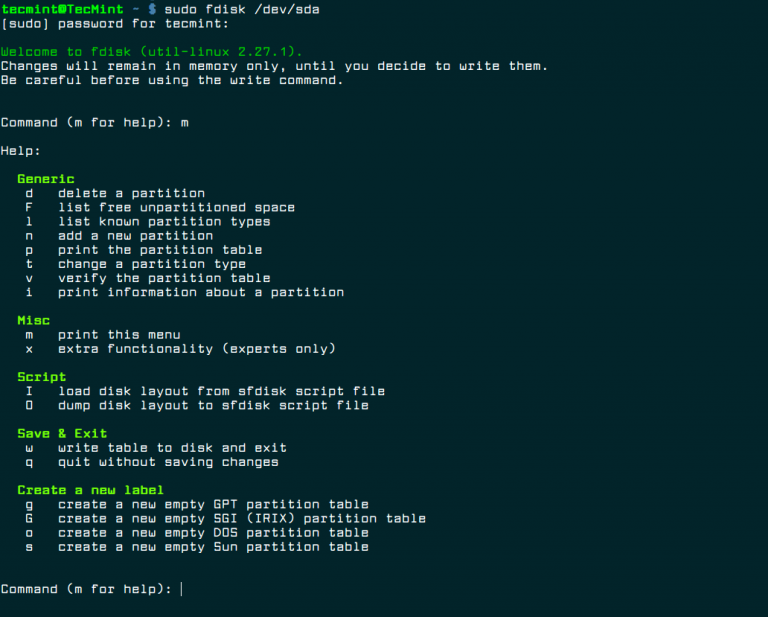
Top 6 Partition Managers (CLI + GUI) for Linux
How to delete the partitions in Linux using fdisk. The fdisk command is a interactive command line tool for viewing and managing hard disk partitions on Linux. It's one of the most powerful tools we can use to manage partitions, but it's confusing to new users. Using fdisk you can create a new partition, delete an existing partition, or.
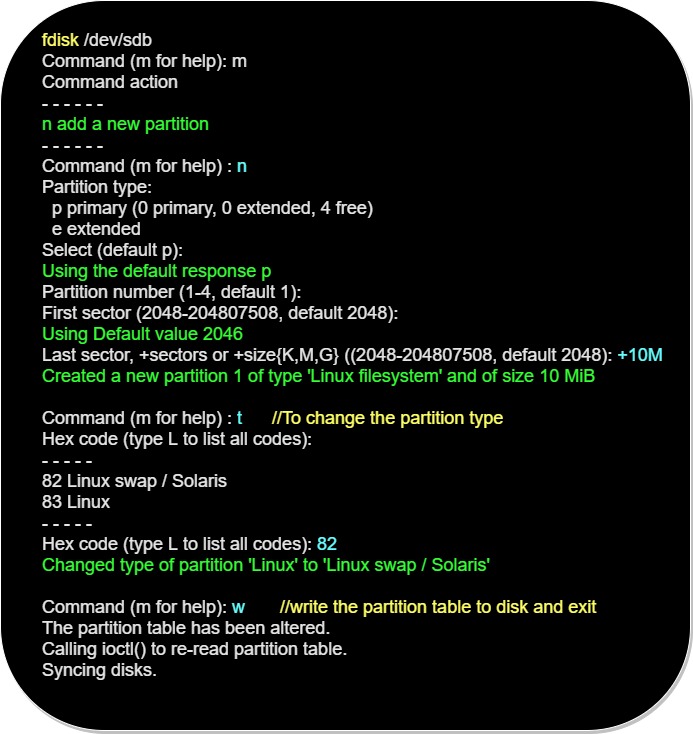
Linux 101 Fdisk, MBR and GPT partitions
Step 1: List Partition Scheme. Before proceeding with deleting a partition in Linux, it is essential to have a clear understanding of the current partition scheme on your system. Open a terminal and run the command fdisk -l. This command lists all the available disks and partitions on your system, providing you with an overview of the current.

How To Delete Partitions In Linux Mint Systran Box
Step 1: List Linux Hard Drive Partitions. To quickly start using the fdisk utility, we can list all of the available hard drives in the operating system, along with any partitions that belong to each hard drive. Open a terminal window and enter the following command: sudo fdisk -l. The output of the fdisk -l command informs us that there are.